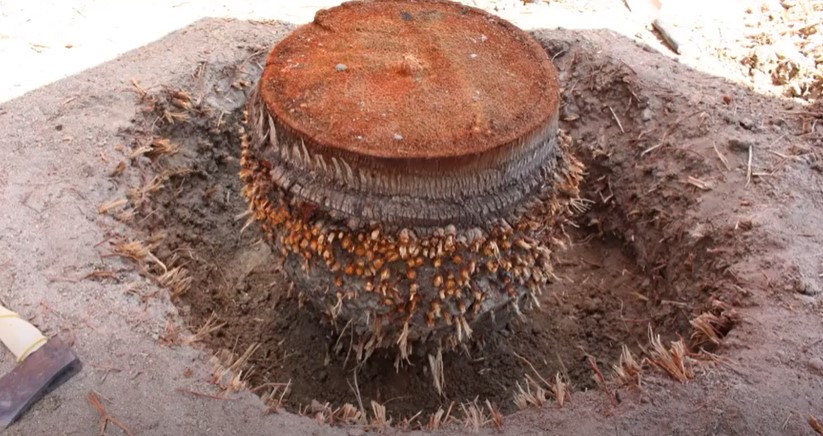Palm trees are deciduous plants with long branches which attach themselves to the trunks and branches of tall buildings. Palm trees are generally found in many regions of Central America, including the states of Florida, Hawaii, New Mexico, Arizona, and California. Palm trees have become popular landscape features because of their distinctive shape resembling a hand, but the truth is they aren’t indigenous to Asia or Africa.
How to Remove a Palm Tree
Palm trees are sensitive to direct sun and need to be removed during the winter or at the first spring. If you do decide to remove palms, then you need to be sure you first get rid of leaves and twigs to avoid an even bigger issue. In case you decide to utilize a commercial product to remove a palm tree, make sure it is licensed by the USDA. This will ensure that it is not bad for birds or other wildlife and are also certified from Costa Rica.
How to Remove a Palm Tree
There are lots of things you ought to think about prior to removing palms. The first is that there’s not any way to tell if the palm is diseased or not. To this end you should not try to open up the wound on a live palm. It’s much better to take the dying or dead tree to a local vet or arborist to remove the stump and eliminate the dead wood.
How to Remove a Palm Tree
- Don’t attempt and use regular sawing tools to take out the palm tree. Use only pruning shears that have been especially designed for cutting hands stems. You should avoid using regular gardening shears because these can permanently damage the stem and can cause it to decay or break off entirely. A blunt border is preferable when pruning palms as the blunt edge will penetrate deeper into the timber. Should you inadvertently break one of the branch lines, which can be found just beneath the primary back, you need to immediately replace the fallen part with a new one so that there is not any chance of the disease spreading through the broken line.
The very first step you need to take when needing to remove the palms would be to carefully inspect the whole tree. If there are a variety of dead branches in the ground, this indicates that there is a problem with the primary trunk. Whether there are also a lot of splinters sticking out, this indicates that the sap has likely spread all around the tree. If you become aware of a few openings in the bark or a couple of hollow areas, this may indicate that the hands has died because of the weather conditions. This could also signal that there are pests inside the tree.
The best method to eliminate a palm tree is to dig it from the ground using a shovel and remove the dead stem . The practice is like removing a bamboo or walnut tree from the ground. You need to eliminate all of the sap, especially around the gap where the branch meets the trunk. The stem can then be pulled out easily and the hole excavated to allow the tree to fall naturally.
Once the tree has dropped naturally, you will have to pull it out of the ground. When you eliminate a palm tree, then you will likely have to dig around it a long time to get all the sap and debris outside. You can either use a huge rock or hoe to dig the pit, or perhaps employ somebody who is specially trained in this matter to do it for you. Many people feel that using steel wool or a stick within the hole will keep the tree in place. There is no scientific evidence to back up these claims, but it does appear to create sense.
After you eliminate the palm, you will want to eliminate all its foliage. You should not do this too early in the summer, as the leaves and leaves will only collect up and dry out and make the tree less desirable later on. But you need to take care to eliminate the foliage as quickly as possible to avoid the tree from drying out completely. When the tree dries out entirely, it will take much longer to regrow and will require more work .